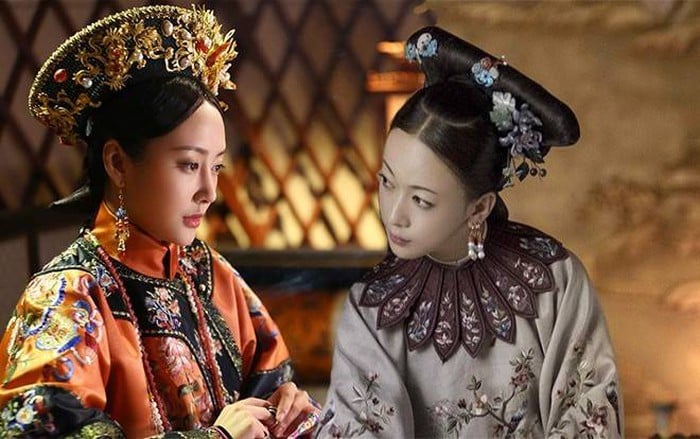In modern marriage, the one-husband, one-wife system applies, with both parties being equal. However, this was not the case in feudal times. Every marriage at that time was influenced by family background, social status, and the idea of male superiority.
Emperors had multiple wives and concubines; literati and officials had three wives and four concubines. The most obvious aspect of this system was the lowly status of women. They rarely had access to education but still had to follow the Four Virtues and the Three Obediences.
In the history of feudal society in China, it is often mentioned that a certain high-ranking official had “three wives and four concubines,” enjoying all the riches and glory. However, these cases were only available to the rich. For ordinary families, having a wife was already considered good, let alone having “three wives and four concubines.”

So, who are the wives and who are the concubines in “three wives and four concubines”?
People living in feudal times were divided into different social ranks and positions. Different positions naturally led to different treatment.
For example, slaves, who were at the bottom of society, not only had no right to name themselves but also lacked the most basic human rights.
Emperors, being the highest-ranking individuals, had thousands of consorts in their harem, thousands of servants, countless wealth… and held the power of life and death over others.
The status of wives during this time was also influenced by the social hierarchy. Those with higher status could become proper wives. If the economic conditions of the wife were significantly different from those of the husband, even if she married a man she loved, she would mostly live as a servant and, at most, be considered a “concubine.”
The position of a proper wife exceeded that of a concubine. Families with proper wives usually had better economic conditions and even held power in the court. They were married with proper ceremonies and welcomed at the main entrance of the groom’s house.
On the other hand, concubines usually did not receive such treatment. They were mostly lower-status girls with less favorable family backgrounds. They were married off to serve their husbands, like repaying debts to their birth parents. At most, they would sit on a small sedan chair and enter the groom’s house through the back door.
Because they were classified as concubines, they were often oppressed by the proper wives of their husbands, or so-called legally wedded wives. While sharing the fate of being married to someone, the husbands, and their parents-in-law, they mostly lived as servants, serving their husbands, their parents-in-law, and even the proper wives.
The “three” and “four” in “three wives and four concubines” represent the number of wives a man could have. “Wife” and “concubine” are classifications of a man’s wives.
In addition, “three” and “four” also represent another important significance. Usually, in a family with one husband and multiple wives, the number of proper wives is often fewer than that of concubines, with many cases having only one proper wife. This number somewhat signifies the superiority of proper wives who were married decently, rather than “casually” like concubines.
In some feudal families, proper wives could also be responsible for managing daily finances, dealing with various matters, from servants to concubines.
At the same time, proper wives were also respected by their husbands to some extent due to the family background of their birth parents. This marriage may not have been based on love, but thanks to their certain social status, they enjoyed greater privileges than lowly concubines.
The children of proper wives (especially sons) usually inherited the family’s wealth and were given the authority to manage the family when they grew up. Thus, the status of these proper wives was elevated, “mothers cherished by their sons”.
Nowadays, people consider the “polygamous” marriage system as condemnable behavior. This marriage system not only lacks respect for women but also destroys their humanity. It represents the helplessness of the poor and is a tragedy for women in ancient times.



































